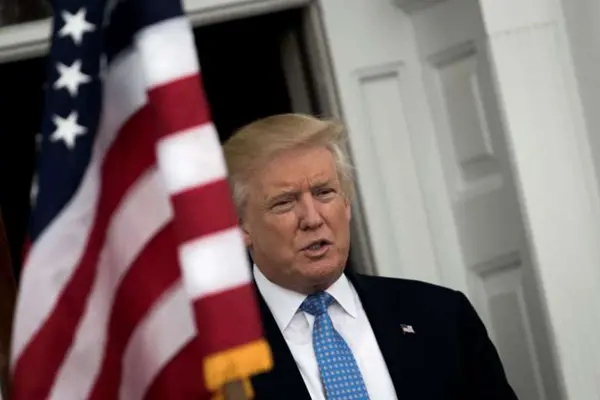Following the release of a video that allegedly shows the after-effects of a chemical weapons attack in Syria, all eyes are on the White House to see whether the United States will get directly involved in the bloody conflict.
Syrian rebels in recent days accused government forces of launching toxic gas attacks, saying possibly hundreds have been killed. The government of Syrian President Bashar al-Assad has denied the attack, saying the accusations were baseless.
If proved true, the attack would mark the most deadly chemical weapons strike since former Iraqi leader Saddam Hussein launched a gas attack on Kurds more than two decades ago.
U.S. President Barack Obama a year ago first said any use of chemical weapons in the war-torn country would mark "a red line" that could invite U.S. military intervention. But since then, he has taken no major actions, prompting critics to charge the Obama administration with a lack of clarity on its Syria policy.
While the Obama administration vowed to arm the rebels two months ago, weapons have not yet arrived, prompting suspicion that the United States is wary over the possibility that weapons could fall into religious extremists within rebel ranks.
The White House this week repeated its opposition to any use of chemical weapons, but announced no immediate action on war-ravaged Syria.
Erica Borghard, an independent U.S. foreign policy expert, told Xinhua that there is enough wiggle room for Obama to decide not to respond in any significant way to this latest reports of chemical weapons use in Syria.
Indeed, if the attack did happen, the death toll pales in comparison to the 1988 attack on Kurds.
While that attack killed several thousands and wounded thousands more, it elicited no major response from the United States, said Borghard, who wrote a policy analysis on the U.S. stance on arming Syrian rebels for the Washington-based Cato Institute.
"I don't think the president's hand has been forced by these events," Borghard told Xinhua, adding that the evidence at this point is ambiguous, and that it remains unclear what weapons have been used.
It would take a much larger, more deadly attack to force the president into any sort of commitment, she said.
Moreover, U.S. intervention would be no walk in the park, a far cry from the relatively quick and clean 2011 NATO-led operation that led to the ouster of former Libyan leader Muammar Gaddafi.
Unlike Libya, which was internationally isolated and had a weak military, Syrian leader al-Assad is supported by allies -- Russia as well as Iran and Lebanese militant group Hezbollah -- and analysts said that is another factor for the Obama administration' s reluctance.
While the United States is a global superpower and has the operational capacity to take actions if it wants to, any military operation in Syria would be tough, requiring a much greater effort than Libya, Borghard said.
Additionally, it turned out that NATO allies, who were supposed to do most of the heavy lifting during the Libya operation, did not have the operational capacity to perform a number of actions, such as air-to-air refueling and precision munitions, causing the U.S. to have to pick up the slack, she said.
While pundits and politicians have discussed the idea of a NATO- enforced no-fly zone, Wayne White, former deputy director of the U. S. State Department's Middle East Intelligence Office, believed that Syria's air defenses are advanced enough to pose a major risk to NATO aircraft and crews.
White, now a scholar at the Washington-based Middle East Institute, told Xinhua that most targets in Syria are deep inland, increasing the exposure of U.S. or allied pilots to anti-aircraft defenses and heightening the possibility of a pilot crashing in hostile territory.
Syria's geographic layout stands in sharp contrast to Libya. The bulk of Libya's population lies along the coast, providing an easier escape route for damaged aircraft to exit the country's airspace, he noted.
Borghard said securing al-Assad's chemical weapons would have to go far beyond enforcing a no-fly zone, citing statements to Congress from Chairman of the Joint Chiefs Martin Dempsey.
Such an operation would require hundreds of thousands of ground troops and entail a significant effort, she said, adding that al- Assad's forces could continue to bombard urban civilian areas with artillery despite a no-fly zone.
And while U.S. or allied ground forces could take out Syrian artillery, analysts said Americans would never support U.S. boots on the ground after more than a decade of brutal wars in Iraq and Afghanistan.
 简体中文
简体中文

